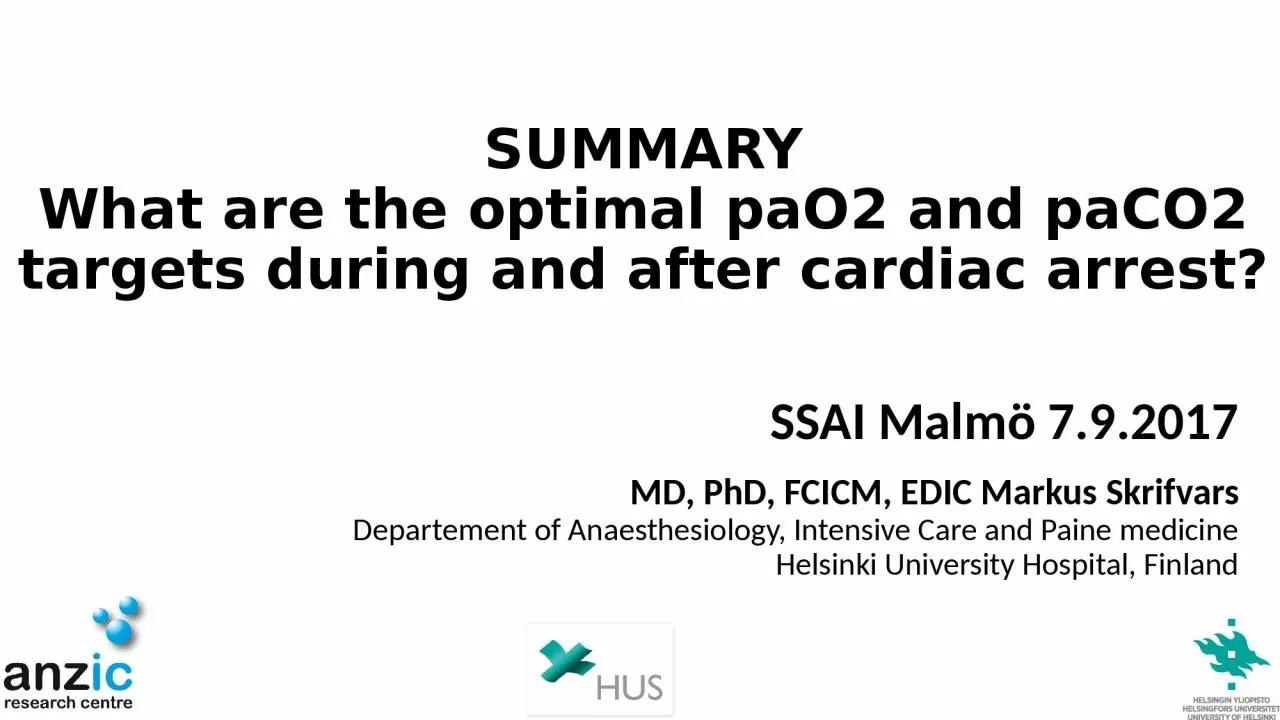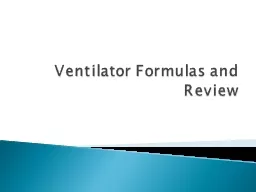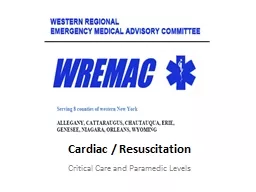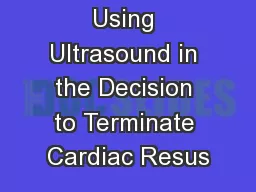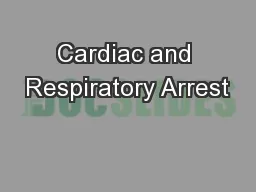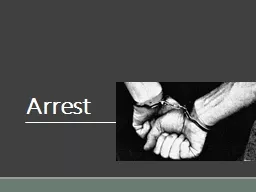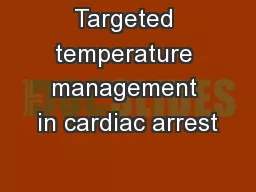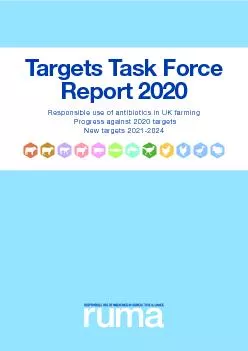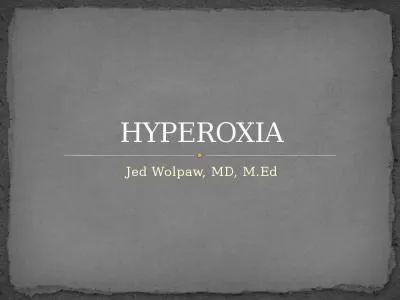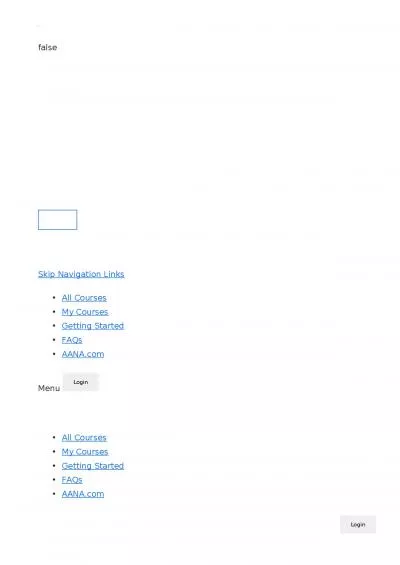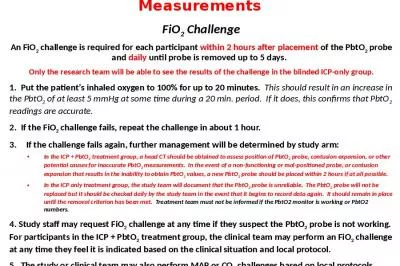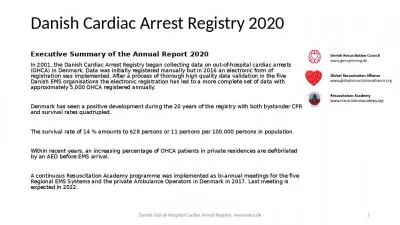PPT-SUMMARY What are the optimal paO2 and paCO2 targets during and after cardiac arrest?
Author : Heartstealer | Published Date : 2022-08-03
MD PhD FCICM EDIC Markus Skrifvars Departement of Anaesthesiology Intensive Care and Paine medicine Helsinki University Hospital Finland SSAI Malmö 792017 Key
Presentation Embed Code
Download Presentation
Download Presentation The PPT/PDF document "SUMMARY What are the optimal paO2 and p..." is the property of its rightful owner. Permission is granted to download and print the materials on this website for personal, non-commercial use only, and to display it on your personal computer provided you do not modify the materials and that you retain all copyright notices contained in the materials. By downloading content from our website, you accept the terms of this agreement.
SUMMARY What are the optimal paO2 and paCO2 targets during and after cardiac arrest?: Transcript
Download Rules Of Document
"SUMMARY What are the optimal paO2 and paCO2 targets during and after cardiac arrest?"The content belongs to its owner. You may download and print it for personal use, without modification, and keep all copyright notices. By downloading, you agree to these terms.
Related Documents

